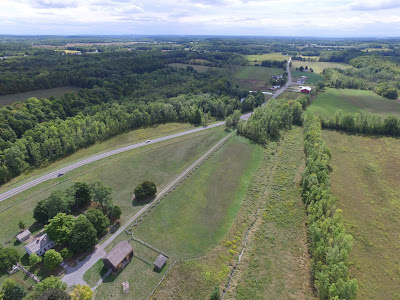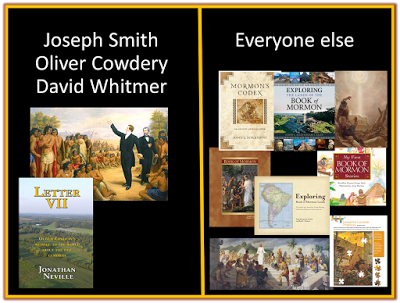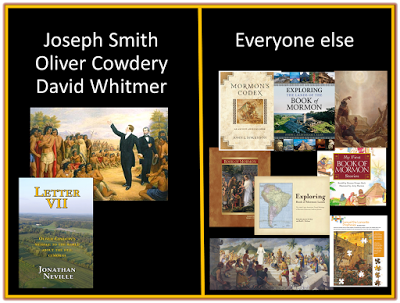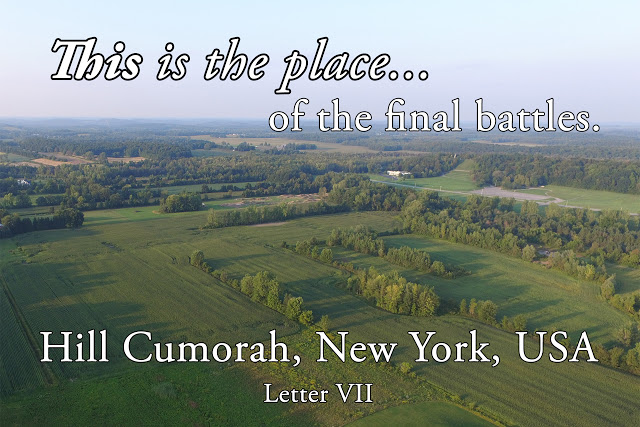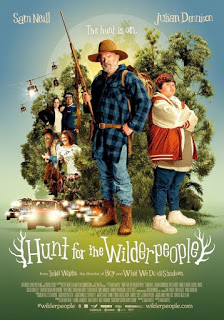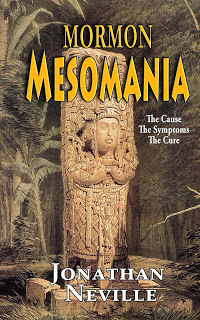Benefits of Moroni’s America – Cumorah
Let’s start with Cumorah.
_____________________
Imagine you’re visiting Palmyra to learn about the origins of the Church.
Imagine you are 10 years old. Or 15. Or 18-19, getting ready to serve a mission.
Or imagine you have your kids with you. Or your grandchildren.
You stop at the Joseph Smith farm and the Sacred Grove. You learn about the visit of Moroni to Joseph Smith and how he walked to the hill Moroni showed him in vision.
Now, drive south from the Joseph Smith farm.
| You leave the Joseph Smith farm and drive to Cumorah |
| You arrive at the Hill Cumorah and drive to the top |
 |
| From the top of the hill, you look west as Oliver Cowdery did and see the ridge a mile away. |
| From the air, over the ridge to the west, you look back at the hill Cumorah and see the battlefield. |
But a long time previous to this national disaster it appears from his own account, he foresaw approaching destruction. In fact, if he perused the records of his fathers, which were in his possession, he could have learned that such would be the case. Alma, who lived before the coming of the Messiah, prophesies this. He however, by Divine appointment, abridged from those records, in his own style and language, a short account of the more important and prominent items, from the days of Lehi to his own time, after which he deposited, as he says, on the 529th page, all the records in this same hill, Cumorah, and after gave his small record to his son Moroni, who, as appears from the same, finished it, after witnessing the extinction of his people as a nation.
Oliver Cowdery, Letter VII.
______________________
That’s what you experience if you understand the North American setting and you believe Oliver Cowdery, Joseph Smith, David Whitmer, etc.
It’s an awesome experience to walk in Book of Mormon lands this way, right in western New York.
_______________________
Alternative experience.
Or, if you believe in the non-New York theories (Mesoamerica, Baja, Panama, Peru, Chile, Malaysia, etc.) you can walk into the Visitors Centers and find some confirmation of your theories. You will be told, based on the work of our LDS scholars, that Oliver Cowdery and Joseph Smith were speculating, that they were wrong, and that they adopted a false tradition about Cumorah being in New York.
Okay, that’s not actually part of the script.
In fact, most missionaries in New York that I’ve spoken do don’t believe the LDS scholars and their Mesoamerican theories, despite what they have to tell visitors.
But the Mesoamerican setting is implicit in the Pageant and everything else in the Visitors Centers.
One thing is for sure: the script and the displays don’t mention Letter VII.
There are no displays of Cumorah as the scene of the final battles, no quotations of Mormon 6:6, etc.
The “real Cumorah,” you’ll be informed, is somewhere in southern Mexico, as shown in this artwork:
 |
| Alma baptizing near the “thicket of small trees” somewhere in the Mesoamerican jungle. |
 |
| The Savior appearing to Mayans in Mesoamerica among massive stone temples, which has nothing to do with the text of the Book of Mormon or the Nephites. |
_______________________
Bottom line: The benefit of the North American setting is you can appreciate the text the same way Joseph and Oliver and David did. You can walk where Mormon and Moroni and their people did.
Source: Book of Mormon Wars
